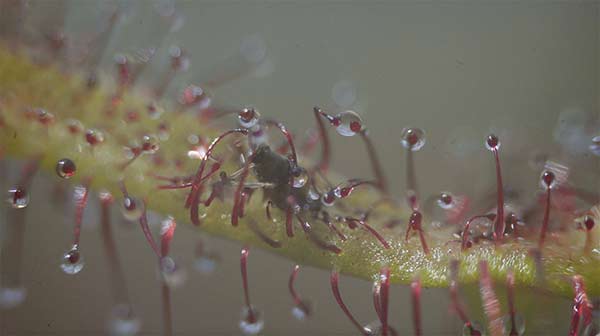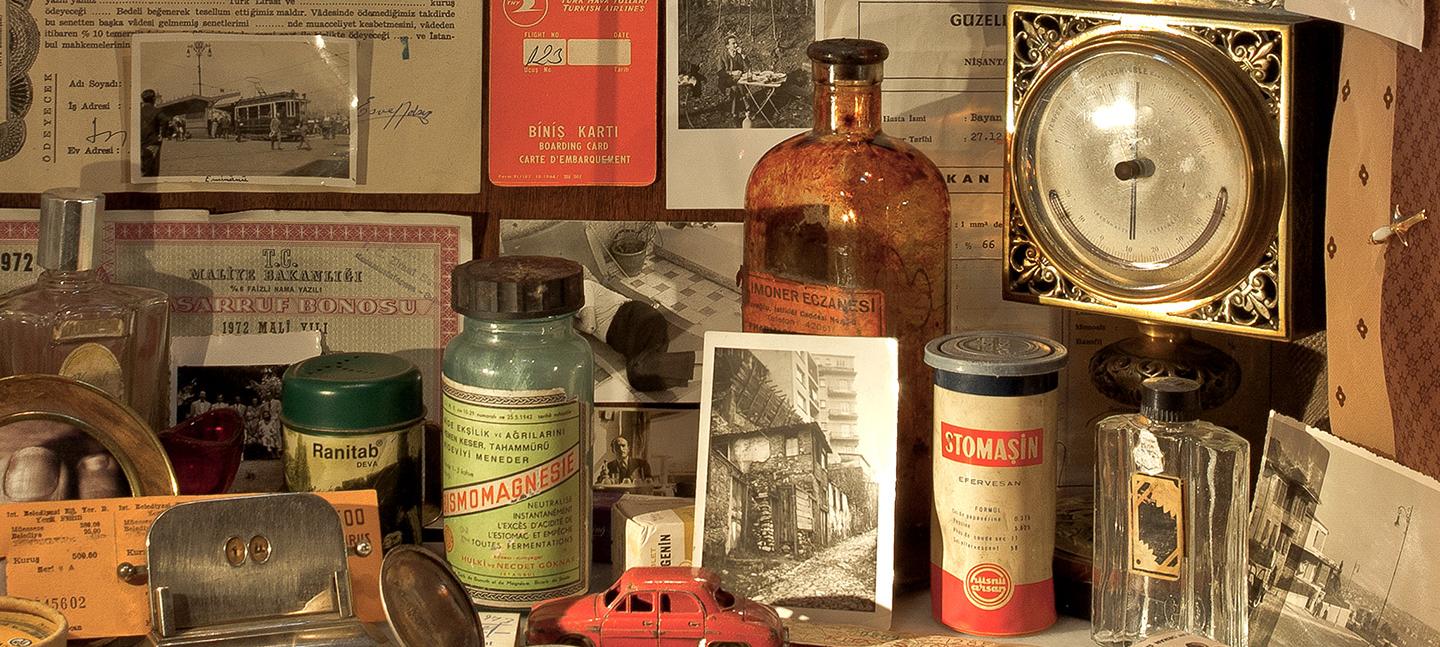Both the novel and the museum tell the story of engaged wealthy socialite Kemal Bey’s obsessive love for Füsun, his twice removed cousin and a beautiful shopgirl, through an array of everyday items which have taken on special emotional significance as mementos and keep-sakes of the couple’s ill-fated romance.
The exhibition at Somerset House focussed on 13 vitrines filled with everyday objects that each represent a single moment within the relationship, interwoven with film by celebrated director Grant Gee, original material about the making of the museum and facsimile manuscripts of the novel. More than the sum of their parts, each vitrine lent insight into the private world and passions of the novel’s characters as well as Istanbul as a city. Some pieces, such as hair clips, toothbrushes or cologne, hinted at the fictional lovers’ bodily presence; some at everyday life in 1970s Istanbul through newspaper clippings, tin spoons and salt shakers; and some at key moments within their love story, such as the formal invitation to Sibel and Kemal’s engagement party.
The careful collection and curation of each piece in the exhibition demonstrated the magic of everyday items and the imprint we leave not just on the lives of those who love us but the objects with which we surround ourselves.
Excerpts from celebrated British film-maker Grant Gee’s latest film Innocence of Memories, which premiered in early 2016 at Venice Film Festival and which made its London debut at the BFI Southbank on 26 January 2016, contextualised the vitrines. Gee worked closely with Pamuk on creating a cinematic extension of the novel which uses the sights and sounds of contemporary Istanbul along with new text written by Pamuk from the perspective of one of the novel’s secondary characters to set the scene.






